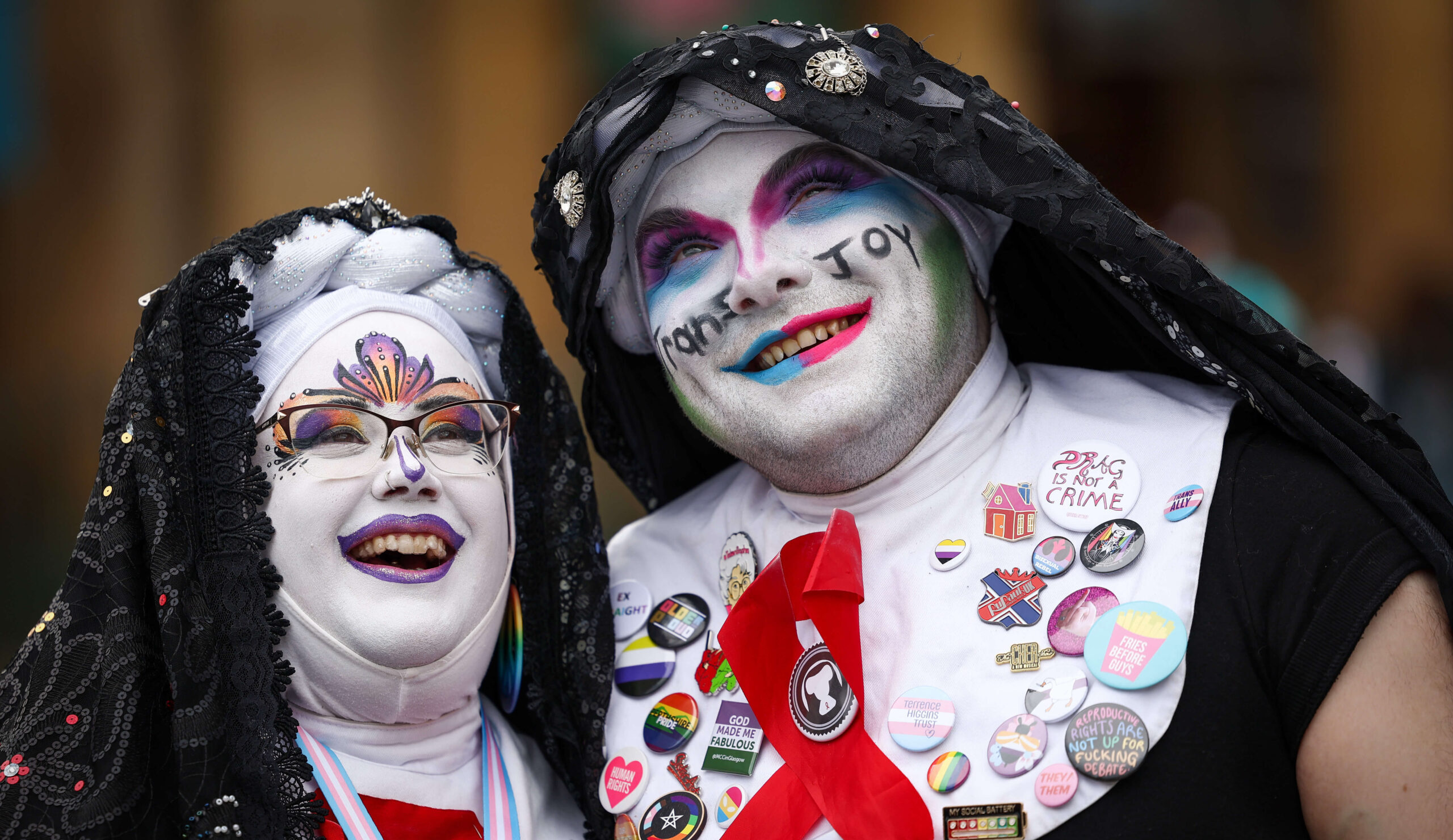Philanthropy in America: A History
by Olivier Zunz
(Princeton: Princeton University Press, 2012)
In telling the story of American philanthropy’s development from the mid-nineteenth century to the present, Olivier Zunz, a history professor at the University of Virginia, wants to distinguish philanthropy from simple charitable giving. Zunz argues that philanthropy as we know it today originated in the post–Civil War period as a curious alliance of megarich “robber barons,” such as Carnegie, Ford, and Rockefeller, and some Progressive reformers. Although plenty tough-minded when building their industrial empires, once their fortunes were made the new multimillionaires often seemed possessed by a desire to soften their public reputations and improve society by providing endowments for universities, supporting scientific research, or creating educational opportunities for southern blacks.
Funneling their money through charitable trusts and hiring professional reformers to manage them, the new philanthropists soon outdistanced by far traditional charities, whose aims had been limited to local almsgiving. Their foundations were national—and sometimes even international—in their scale of operations, and they aimed at uplifting all mankind, not just the needy. Over time the reformist managers marginalized the heirs and friends of the founding patrons on the boards of directors, thus enabling them to pursue new goals never contemplated in the original conception.
As a liberal, Zunz clearly approves of that trend. His liberalism also guides him through the tricky relationship that big private foundations had with federal and state governments. In the Gilded Age of Republican Party dominance, elected officials often threatened to remove the tax-exempt status of foundations perceived to be lobbying for “progressive” causes. The reformers claimed they were only trying to “educate” the public. There never was a clear distinction, however, between “educational activities” and outright political advocacy, especially since the reformers usually had the vociferous support of “muckraking” journalists.
Tensions were relaxed during Woodrow Wilson’s reformist administration and especially during World War I. The foundations put their large, well-funded organizations to work supporting the Red Cross and mounted patriotic campaigns to get the public to buy war bonds. This was something of a watershed in the history of American philanthropy because, in Zunz’s view, it accustomed the general public to mass charitable giving. For example, after the war the Community Chest movement (later known as the United Way) began to spread throughout America’s cities, aided by the prosperity of the 1920s. Philanthropy was no longer restricted to the very wealthy; now ordinary American families often contributed to good works.
Still, there was persistent tension between politicians and charitable foundations over the degree to which the latter were permitted to become policy advocates. So long as a foundation restricted itself to raising money for fighting diseases, subsidizing medical research, or building clinics, there was no conflict. The eugenics movement, with its promotion of birth control, was a different matter. So were the advocates of labor legislation and pensions for war veterans. Were such groups “educating the public”? Or were they engaged in political agitation and propaganda? Herbert Hoover saw private philanthropy as a low-cost alternative to government disaster relief and sought to use the Red Cross and other private charities to administer government aid to the homeless and unemployed when the Great Depression followed the stock market crash in 1929. Zunz is pleased to report that these schemes failed so badly that they made the New Deal’s welfare state inevitable.
Under Harry Hopkins, a former social worker and Franklin D. Roosevelt’s head of Federal Emergency Relief, private agencies were no longer used to administer the funds for federal programs. The former partnership between government and private philanthropy came to a temporary end as the federal government claimed the exclusive right to decide where and how emergency aid would be spent. Even so, private mass philanthropy still had a role under the New Deal, as when Roosevelt helped inaugurate the March of Dimes in 1938 to fight polio. Ironically, the bigger foundations, like Ford, Rockefeller, and Carnegie, also benefited from the New Deal’s high inheritance and corporation taxes because rich families and businesses evaded those taxes through charitable giving.
Consequently, as Zunz shows, the foundations emerged stronger than ever in the 1950s, well positioned to pursue their new liberal goals of changing the habits and lifestyles of Americans to adjust to “modern life.” The social planning needed to achieve that would be facilitated by expanding the role of the behavioral and social sciences in university curricula, to better understand how human behavior could be molded in homes, schools, factories, and offices. In that way, the traditional values of an older, small-town America would be replaced by the secular, urban values required by modern, multicultural mass society.
Such an ambitious program naturally sparked resistance from religious and conservative groups, but they failed in their attempt to have the foundations’ tax exemptions removed. Zunz gloats: “Tax-exempt philanthropy, forbidden by law to carry on propaganda or attempt to influence legislation, had turned a blind eye on those restrictions and engaged the full spectrum of political activity. Philanthropy was ‘timid’ no more.” And in its press release for the book, the Princeton University Press adds that philanthropy “continues to shape all areas of American society, from domestic politics, social programs, foreign politics, and the governing and funding of Universities, to how libraries work, how doctors are educated, how our health care system works, and how domestic and international relief work is funded.” According to Zunz, the civil rights movement and the War on Poverty created a web of contacts between liberal foundations like Ford, supposedly representative “community organizations,” and all levels of government. Thus, it has become permanently impossible to separate advocacy, policy making, and direct political action from philanthropy.
Today the largest foundations control billions of dollars in assets, all of it tax-free, but they are not accountable to the public. Many of the programs funded are highly controversial, to say the least. I speak from personal experience as a former faculty member of one university (out of twenty-two) selected by the Ford Foundation in 1990 to promote race- and sex-based hiring. Tulane’s president, himself a former economist at the foundation, accepted an initial $100,000 grant to launch a “diversity” program that he called “Initiatives for the Race and Gender Enrichment of Tulane University.” Under it, departments were restricted to hiring only black faculty until further notice. Professors were required to turn in copies of their course syllabi and reading lists so the administration could ascertain whether, in its opinion, materials on blacks and women were adequately represented. The faculty also had to attend “sensitivity training” and department heads were to submit periodic reports on racist and sexist attitudes among faculty and students. As an additional check, every department would be assigned an “Enrichment Liaison Person” who also would report on student and faculty attitudes. Fortunately, a minority of Tulane professors fought back and was able to enlist the broad support of the alumni and the New Orleans community. Still, the fight dragged on for five years, until the university’s trustees finally overruled the president and ended the program. I cannot say, however, how the other twenty-one universities targeted by Ford eventually fared. In any case, the Tulane experience is a warning to conservatives that private philanthropy can be just as much of a threat to freedom as government social engineering. ♦
Paul H. Lewis is a retired professor of political science from Tulane University. He now lives in Raleigh, North Carolina.














